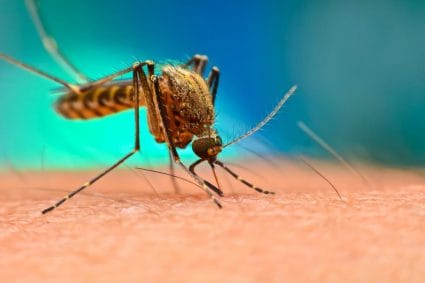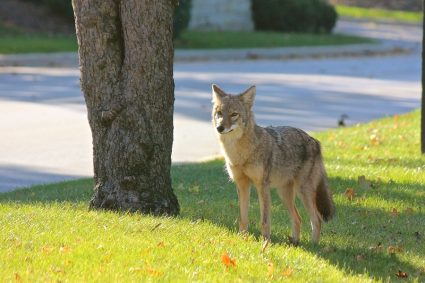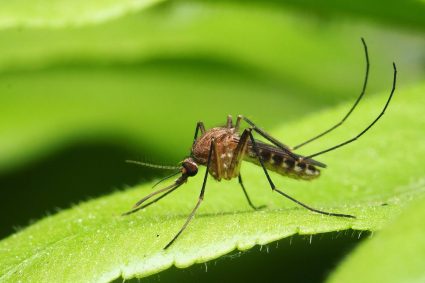
Coyotes are highly adaptable creatures and have developed various strategies to survive and thrive in different habitats, including the harsh desert environments. But where exactly do these resilient animals sleep in the desert? This comprehensive guide will delve into the various locations and conditions that make a suitable sleeping spot for coyotes in the desert.
Coyotes in the desert typically sleep in locations that provide safety, shelter, and proximity to food sources. This includes burrows or dens they dig in moist sand, under the shade of small plants, or in areas with natural cover like wooded foliage and shrubbery. They often adapt their sleeping habits to the harsh desert conditions, becoming nocturnal to avoid the heat and conserve energy. Safety from predators and humans also significantly influences their choice of sleeping location.
The Ideal Sleeping Spot for Coyotes in the Desert
Coyotes in the desert seek locations that provide shelter, safety, and some level of comfort for sleeping. Some characteristics that make a location suitable for a coyote to sleep include:
- Availability of burrows or dens: Coyotes may dig their own burrows or dens in the moist sand, or they may use the dens or burrows of other animals, such as badgers or raccoons.
- Shade: Coyotes may sleep under the shade of small plants to avoid direct sunlight and heat.
- Proximity to food sources: Coyotes prefer locations that are close to their food sources, such as rodents, rabbits, and reptiles.
- Covered areas: Coyotes like to sleep in areas with natural cover, such as wooded foliage, shrubbery, or hollowed-out trees and stumps.
- Safety from predators and humans: Coyotes choose sleeping locations that are hidden and provide some level of protection from potential threats.
Adapting to Harsh Desert Conditions
Coyotes have adapted their sleeping habits to survive in harsh desert conditions. In desert regions, they often dig burrows or dens in the ground to provide a space for sleeping in the moist sand. These burrows help them stay cool during the day and provide shelter from the elements. Sometimes, they may also use the dens or burrows of other animals for sleeping. Coyotes are primarily nocturnal, which means they are active during the cooler nighttime hours and rest during the day. This behavior helps them avoid the extreme heat of the day and conserve energy.
Predators, Threats, and Influence on Sleeping Locations
Coyotes choose their sleeping locations based on safety, protection, and proximity to food sources. They are aware of potential threats, including larger predators or human activity, and seek out areas that provide security and concealment. In urban settings, coyotes often become nocturnal to avoid human activity while sleeping and carrying out most other activities. They may sleep in parks or golf courses in urban areas, where they feel safe. In wild locations, coyotes commonly sleep in hollow trees, rock outcrops, and wooded foliage and shrubbery. These locations allow them to minimize their exposure and remain undisturbed while resting.
Seasonal and Weather Influences
The seasons and weather conditions in the desert affect where coyotes sleep by influencing their choice of shelter and sleeping habits. During the hot summer seasons, coyotes prioritize shade and cool breezes, avoiding harsh desert weather by sleeping in open areas. In cold desert climates, coyotes may be found sleeping on snow beds if they don’t find a suitable place to sleep.
Protecting Themselves and Their Young
Coyotes protect themselves and their young during sleep in the desert environment by using dens and burrows. Dens are typically dug under trees, bushes, or ledges, and can also be found in populated areas. Coyotes may dig their own dens or use existing burrows made by other animals. Female coyotes with young seek shelter in dens to sleep and provide warmth for their pups, while male coyotes are not allowed in these dens.
In conclusion, coyotes are highly adaptable creatures with unique sleeping habits that are influenced by their environment and the availability of suitable resting spots. Their choice of sleeping location is determined by various factors, including safety, food sources, weather conditions, and the presence of potential threats. Their remarkable adaptability allows them to thrive in various habitats, including the harsh desert environments.
Frequently Asked Questions
What other habitats do coyotes inhabit aside from deserts?
Coyotes are highly adaptable and can inhabit a wide range of environments. Apart from deserts, they can also be found in grasslands, forests, mountains, and even urban areas.
What do coyotes eat in the desert?
Coyotes are opportunistic feeders. In the desert, their diet may include rodents, rabbits, reptiles, insects, fruits, and carrion.
Are coyotes dangerous to humans?
While coyotes are generally not a threat to humans, they can become defensive if they feel threatened or if their pups are in danger. It’s always advisable to give coyotes their space and avoid feeding them.
How many pups can a female coyote have?
A female coyote can give birth to 3-12 pups per litter, depending on the availability of food and other environmental conditions.
How long do coyotes sleep?
Coyotes typically sleep for about 8 to 10 hours a day, primarily during the day and in short intervals throughout the night.











